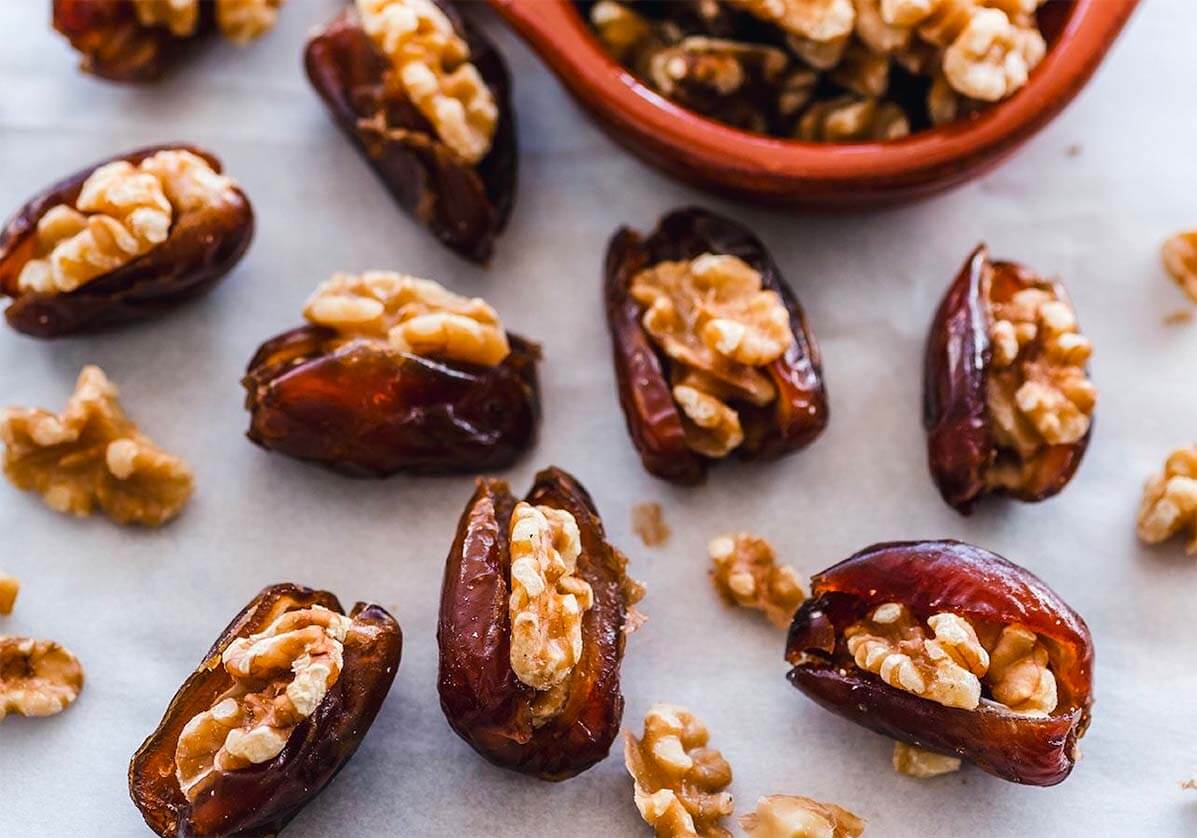TERMS AND CONDITIONS
Welcome to 7D VARIETY! We are delighted that you have decided to join our passionate community of writers. By agreeing to become a part of our community, you acknowledge and accept the following terms and conditions:
- Personal Information Access: As a community member, you grant 7D VARIETY permission to collect your personal information, including name, contact details, and other relevant data for communication and content management. We are committed to ensuring the security and privacy of your personal information in accordance with our Privacy Policy.
- Editing and Publishing of Articles: By submitting your content to 7D VARIETY, you grant us the non-exclusive right to edit, modify, and publish it on our platforms. We’ll make necessary edits for clarity, style, or grammar while preserving the integrity of your original work.
- Copyright and Intellectual Property: By submitting content to 7D VARIETY, you affirm its originality and non-infringement of third-party rights. By agreeing to the terms, you grant 7D VARIETY an irrevocable, royalty-free license to use, reproduce, distribute, and display your content on our platforms and in related marketing materials.
By submitting this form, you signify your understanding and agreement to these terms and conditions.















